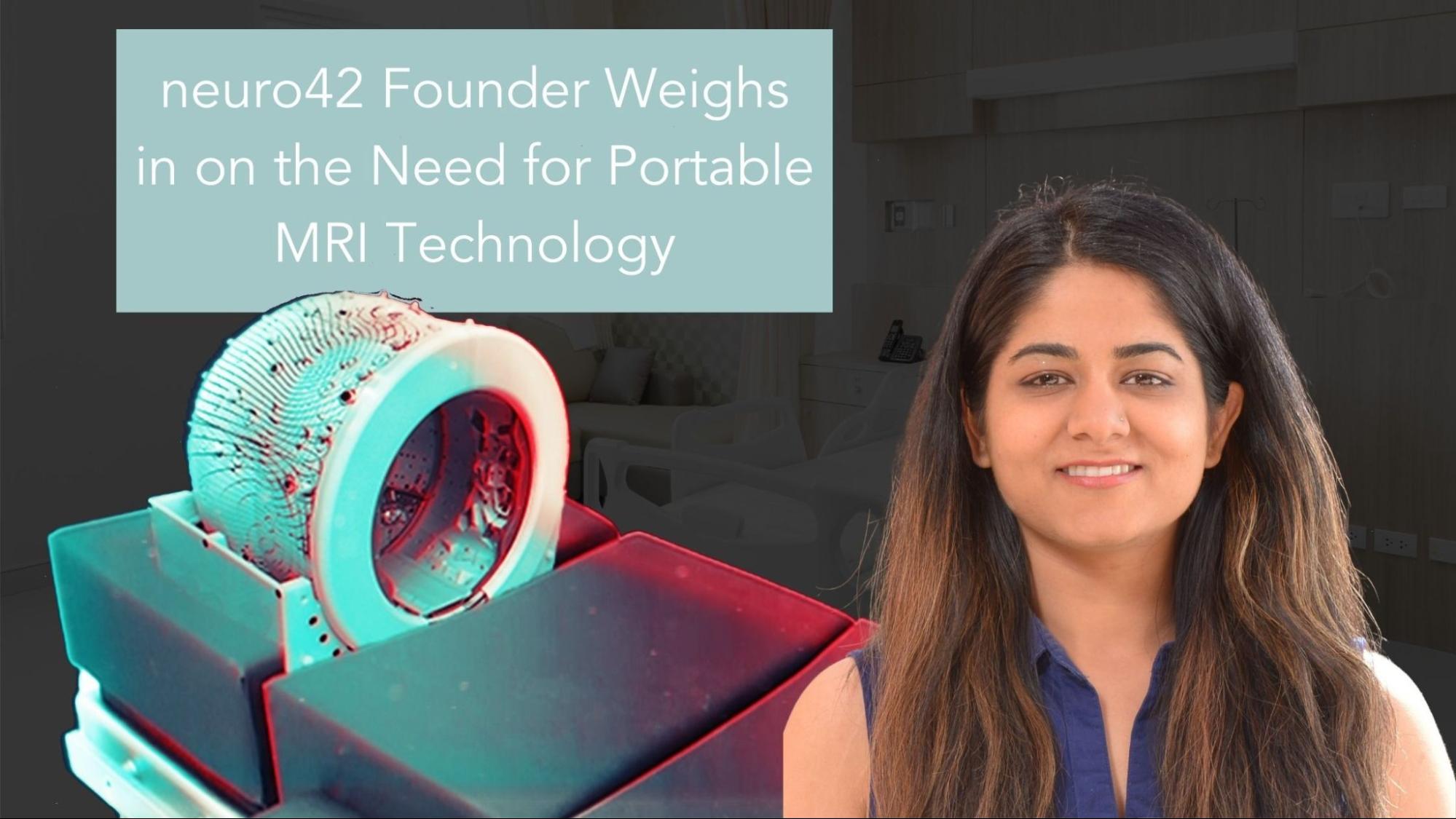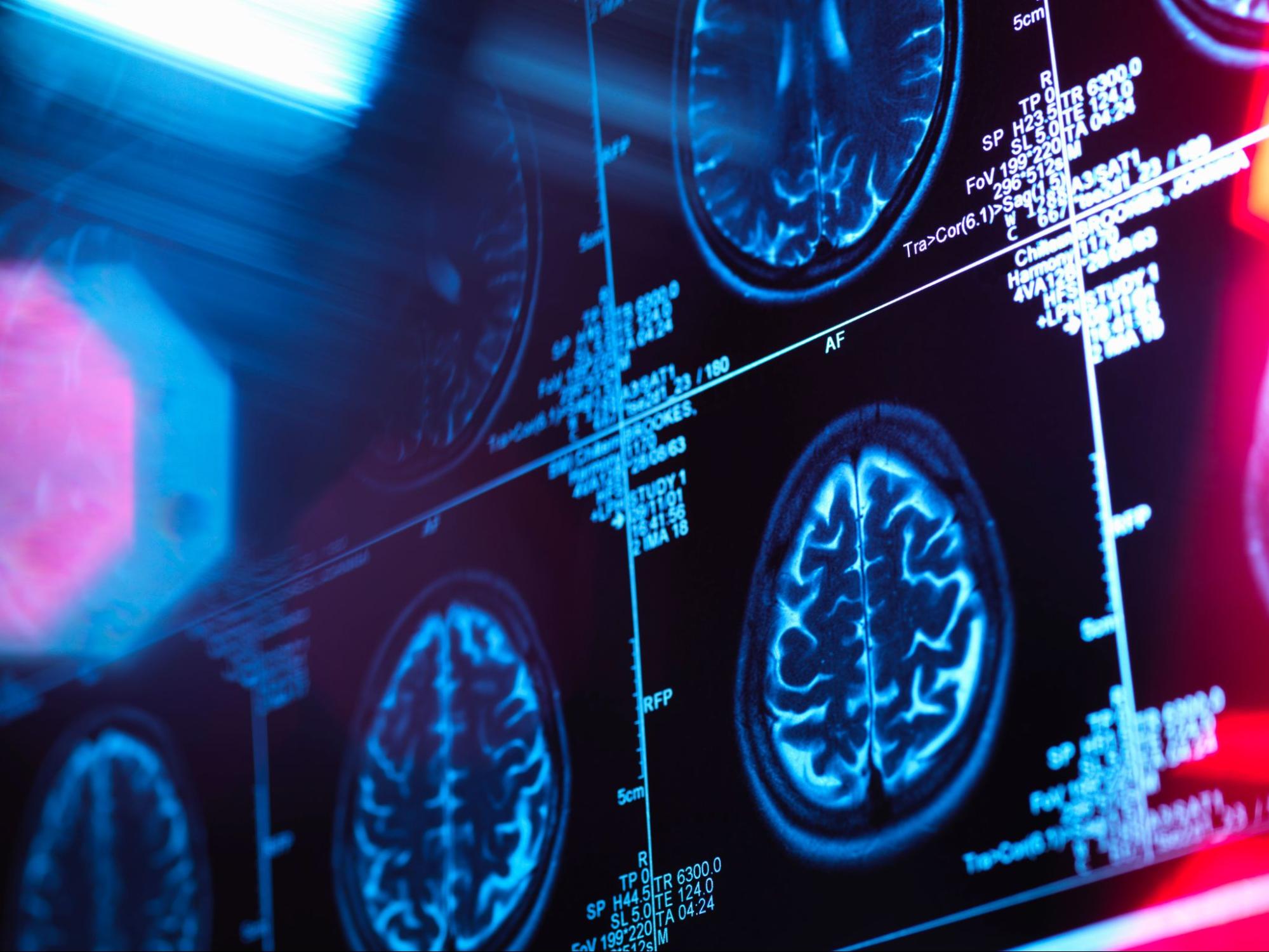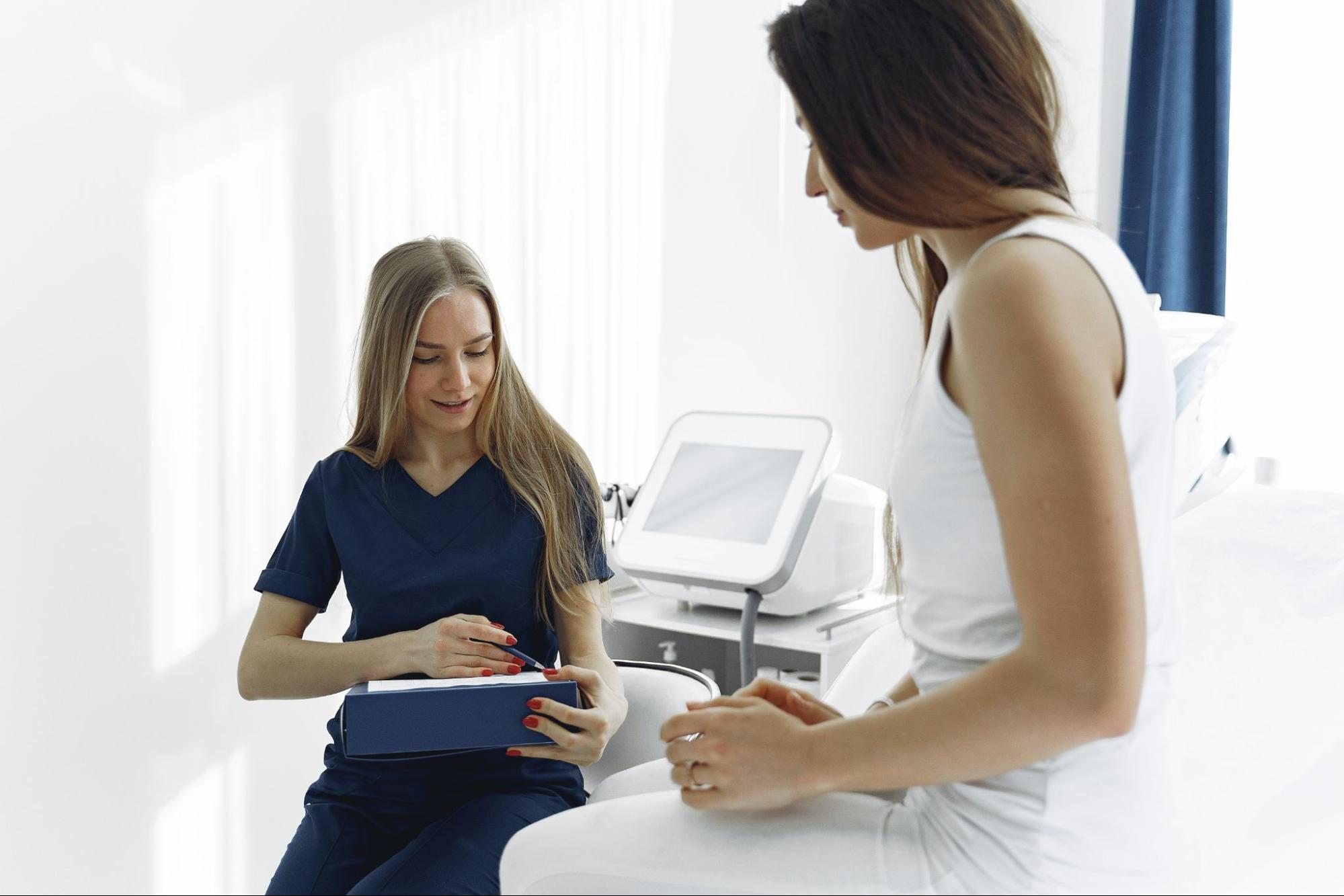neuro42’s Founder Weighs in on the Need for Portable MRI Technology

Until recently, the prevailing wisdom has always been that the best chance of minimizing the impact of a stroke was to treat the victim within six hours of the first signs of symptoms. It’s why the health care community has rolled out campaigns for years, educating patients on warning signs that use the acronym: F (face drooping) A (arm weakness) S (speech slurred) T (time to call 911).
New research has proven that window to be longer than previously thought, with studies finding benefits in patient intervention up to 24 hours after stroke symptoms began. And while that may seem like a monumental improvement, there’s still another obstacle to overcome.

“There are only 38 MRIs per million people in the U.S. and only five MRIs per million globally,” says Abhita Batra, Founder and Chief Strategy Officer, neuro42. “With 30% of all MR imaging being done on brains, the limited availability has resulted in wait times of at least two weeks—and in some cases over a month for patients.”
Compounding the concern for these patients is that MRI is the most effective tool for diagnosing strokes. Having to work around a pervasive problem like a shortage in MRI availability, doctors will often either transport a fragile patient or substitute other imaging methods like CT or CAT scan out of necessity.
But thanks to Batra and the neuro42 team, they may not have to in the future.
A new alternative emerges
Powered by technology developed by Dr. Lawrence Wald’s group at the Athinoula A. Martinos Center for Biomedical Imaging, neuro42 is a portable MRI with a robotic platform that allows for emergency screening of stroke patients and can be used across departments. Versatile in scope, the system can also be tapped in the operating room for live image guidance—a forward-thinking functionality not possible with traditional MRI since it is not adaptable for interventions.
“neuro42 creates a superior patient experience with no claustrophobia or loud MRI noises,” Batra says when describing the differences in patient experience between neuro42 and the traditional MRI. “We are creating a point-of-care shift and making MRIs and MR-guided procedures more accessible to patients and their providers. The technology will enable targeted biopsies and treatments under live MRI in an outpatient or intra-op setting for patients leading to enhanced outcomes.”

neuro42 benefits all members of the health care chain
neuro42’s system easily fits inside a physician’s office or ER, and with the health care industry pivoting toward decentralized workflows, the scanner’s portability positions it within a class of point-of-care applications that have become popular with patients and payors alike.
Take one look at the staggering numbers around head and brain conditions, and you’ll see what has Batra so excited about her team’s work. The World Stroke Organization reports that one in four people globally over the age of 25 will have a stroke in their lifetime, while nearly 25,000 people in the U.S. alone will be diagnosed this year with malignant tumors of the brain or spinal cord. The size of those markets and the critical unmet need have driven Batra and team to initially focus on stroke management and brain interventions.
“Our customer segments include neurosurgeons, neuroscientists and neuroradiologists as well as physicians and staff in ER, urgent care, and stroke centers,” she adds. “We hope to help patients with neurological conditions requiring diagnosis and treatment for ischemic stroke, hydrocephalus, epilepsy, trigeminal neuralgia and various brain lesions.”

Harnessing the power of robotics and artificial intelligence
The scanner’s access ports will enable both free-hand and robotic intervention, empowering a surgeon to choose between either performing a minimally invasive procedure free-hand or with robotic assistance. Batra says she envisions surgeons using the neuro42 platform for procedures like ventricular shunts and biopsies and laser ablation probe placement for treatment for epilepsy and other neurodegenerative diseases, with higher confidence than the current standard of care.
On the artificial intelligence front, neuro42’s system builds a database of treatment and diagnostic information to develop classifiers for predictive analysis and automated treatment planning.
The future is bright for neuro42
In addition to her role as neuro42’s Chief Strategy Officer, Batra also currently serves as the Chief Executive Officer and Director at Otomagnetics, a company developing a first-of-its-kind drug delivery platform. As a serial entrepreneur, business strategist and advisor to several health care and technology startups, the UCLA Anderson and National University of Singapore MBA graduate is intimately familiar with what it takes to disrupt an industry
And she can see what’s on the horizon for neuro42.
“Having our portable, point-of-care MRI would be a virtuous addition to the process of stroke screening, allowing reduced time to stroke detection and intervention with less trauma to the patient caused by transportation,” she says.

